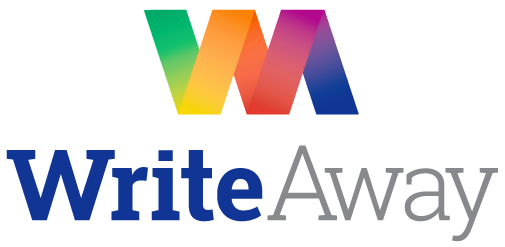Why we do what we do.
The Digital Divide
What is the digital divide?
The digital divide is the uneven distribution in the access to, skill with, or impact of information and communications technologies.
This uneven distribution can emerge based on economic status; between different racial and ethnic groups; or due to geography, generational divides, or other sociocultural factors. This digital opportunity gap can affect people of all ages. It’s both a significant factor in, and a major effect of, inequalities in education.
The Current Digital Opportunity Landscape
Adults who lack digital literacy skills are more likely to be Black, Hispanic, older, or less educated than more digitally literate adults. They are also more likely to work in lower skilled jobs or to not participate in the labor force (NCES, 2018).
Most adults in the U.S. use a computer for both work (74%) and in everyday life (81%) (NCES, 2018).
A greater percentage of Black adults (22%) and Hispanic adults (35%) are not digitally literate, compared to White adults (11%) (NCES, 2018).
Only 2 percent of US students have the skills of a digital native. Internationally, only 19 percent of the 42,000 students assessed in 14 countries and educational systems could work independently with computers as information-gathering and management tools (NCES, 2018).
Digitally-based writing opportunities are associated with improved writing outcomes (Santoro, 2020).
Nearly 2 million households with children do not have a computer (National Center for Education Statistics, 2019).
More than 5 million households with children do not have broadband internet access (NCES, 2019).
